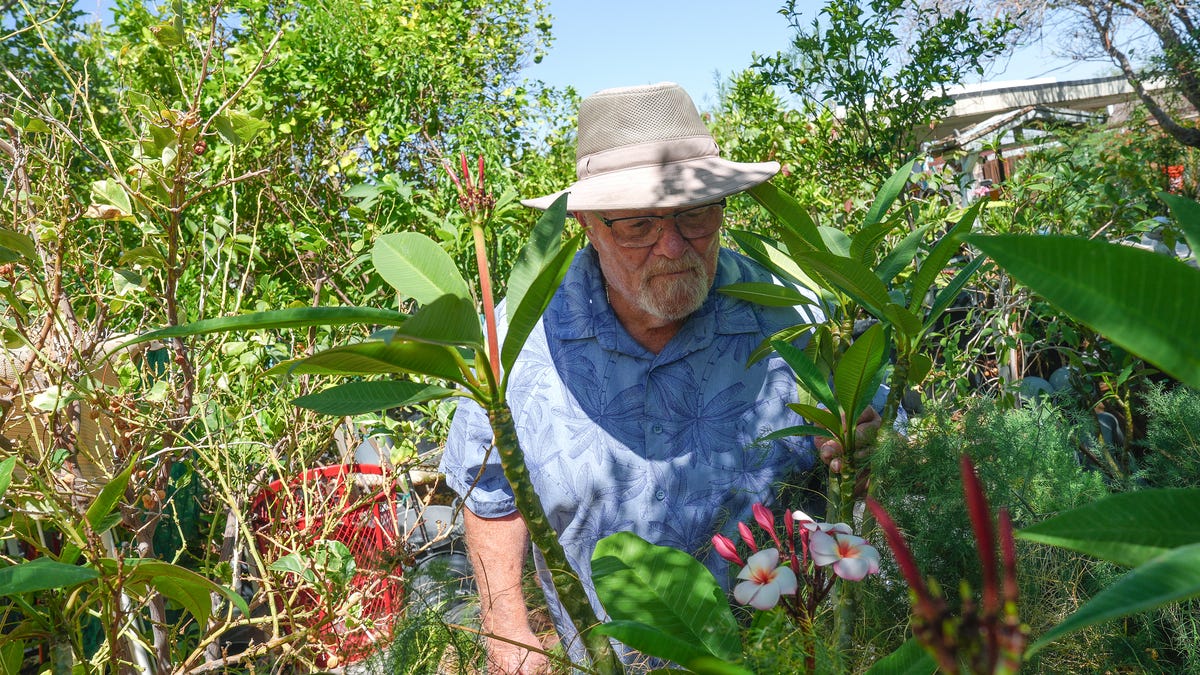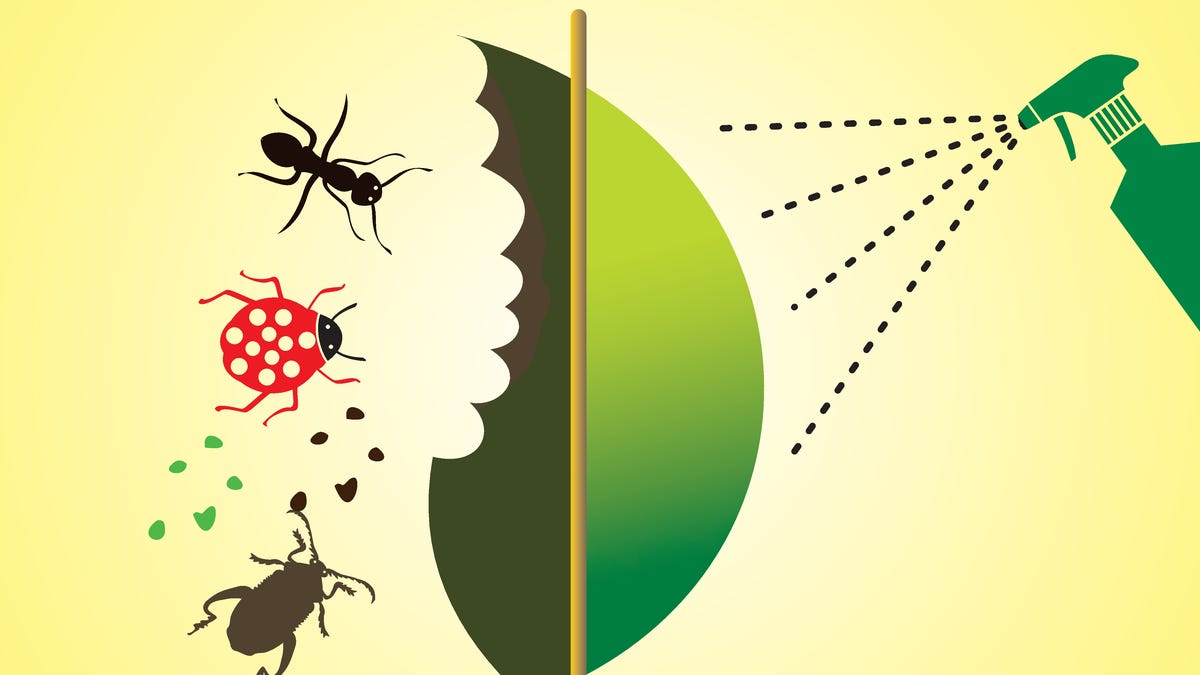Deer can be a challenge to gardeners in our region.
Physical barriers such as fences can be quite effective as long as they are tall enough that deer cannot clear (6-10 feet tall).
Smaller barriers can be useful if you make the error of planting in a deer path. Several years ago, I planted a Silver Fountain Butterfly bush, a very deer-resistant shrub, directly in their path. It did not establish well and I realized, that while deer were not eating it, they were constantly walking over it. I put a trellis behind the shrub, and it now thrives.
There are chemical repellents that might keep them away, but they often are ineffective after rainfall, and require frequent reapplication. It might be helpful to alternate between several different brands to avoid the deer developing a tolerance to a product.
If you cannot exclude deer, plant selection might be the best tool you have for control. Deer are primarily browsers, not grazers; understanding that distinction can help with plant selection. Browsers primarily rely on leaves, and twigs for food. You might see them nibbling at your lawn, but they will do no harm; grassy plants are rarely damaged by deer.
Deer also tend to avoid plants with strong aromas. They will avoid many members of the mint family; examples are thyme, bee balm, lemon balm, salvias (annual and perennial), and hyssop (agastache sp.).
Alliums are also not appealing to deer. They also will avoid very hairy abrasive foliage like that found in the borage family. Examples include lungwort, forget-me-nots, and false forget-me-nots.
Many plants in the aster family will be avoided by deer, good examples are shasta daisies, echinacea, and yarrow. Plants that have thorns or milky sap are avoided by deer.
Finally, there are the poisonous plants, euphorbias, daffodils, monkshood, bleeding heart, foxglove, lenten and Christmas roses, irises, milkweed, peonies and dogbane; there is no guarantee that deer will avoid these plants but it is unlikely that they will seriously damage them.
In early spring deer seem to eat whatever they can find. Donât be too alarmed if you find something nibbled at, many plants are resilient enough that a bit of pruning early in the season will just stimulate some growth and the plants will quickly recover.
If deer regularly visit your garden, check for deer resistance before buying new plants. Frequently the plant label may indicate deer resistance, but it is a good idea to double check before buying.
Here are some great sources:
Landscape Plants Rated by Deer Resistance
El Paso County Native Plant List for Deer Resistant Plants
DEER-RESISTANT/ WATER WISE PLANTS
Submit gardening questions to [email protected] or call 719-520-7684. The in-person help desk is open 9 a.m.-noon and 1-4 p.m. Mondays and Wednesdays at 17 N. Spruce St. Find us on Facebook at Colorado Master Gardeners – El Paso County.
Submit gardening questions to [email protected] or call 719-520-7684. The in-person help desk is open 9 a.m.-noon and 1-4 p.m. Mondays and Wednesdays at 17 N. Spruce St. Find us on Facebook at Colorado Master Gardeners – El Paso County.









